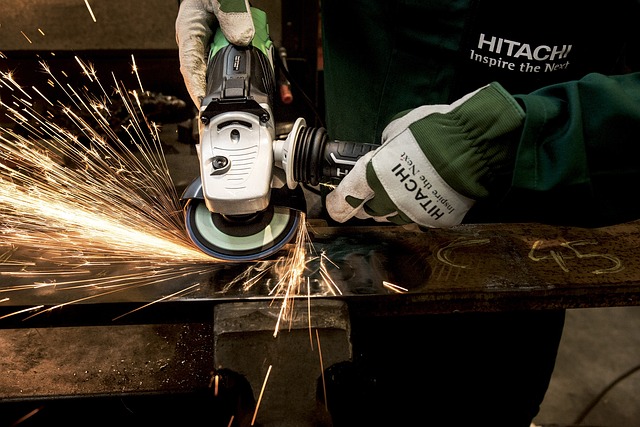 Power tools transform both professional job sites and personal DIY projects by making tasks quicker and easier. Yet, their efficiency comes with a responsibility to handle them safely. Accidents with power tools often stem from negligence, a lapse in focus, or overconfidence. Embrace the following 10 safety protocols to ensure your projects are not only successful but also accident-free.
Power tools transform both professional job sites and personal DIY projects by making tasks quicker and easier. Yet, their efficiency comes with a responsibility to handle them safely. Accidents with power tools often stem from negligence, a lapse in focus, or overconfidence. Embrace the following 10 safety protocols to ensure your projects are not only successful but also accident-free.
1. Eyes on Safety
Shield your eyes from harmful debris with safety glasses. Whether it’s dust, wood chips, or fiberglass fragments, protecting your vision is paramount. Safety glasses are the cornerstone of personal protective equipment when working with power tools.
2. Hear No Evil
Power tools can unleash a cacophony that’s not only disruptive but damaging to your ears. In the confined spaces of a workshop, this noise can seem even more intense. Earplugs or noise-canceling earmuffs are your best defense against potential hearing damage.
3. Tool Selection Wisdom
Matching the tool to the task is crucial for both your safety and the integrity of your project. Familiarize yourself with the tools at your disposal by studying their instruction manuals and adhering to the recommended safety measures.
4. Masterful Tool Handling
The golden rule? Never lug tools by their cords. Ensure tools not in use are disconnected, and always be mindful of keeping your hands away from the power switch when a tool is plugged in.
5. Dress the Part
Loose clothing and untamed hair can spell disaster near power tools. Opt for snug-fitting attire that covers most of your body, and don’t forget to don heavy-duty gloves to fend off cuts and splinters. Respiratory masks are a must to avoid inhaling dust, while steel-toed boots and hard hats offer further fortification.
 6. Routine Tool Check-Ups
6. Routine Tool Check-Ups
Keep your tools dry and clean, away from moisture to prevent electric shocks. Regular inspections for frayed wires, damaged plugs, and wear and tear are essential. Tools that behave oddly or appear damaged should be serviced before further use.
7. A Tidy Workspace
Maintain cleanliness to minimize the risk of fire, especially from airborne dust particles that could ignite from a spark. Store flammable substances properly and ensure the work area is free from clutter that could cause trips and falls.
8. Handling Specialty Tools with Care
Certain tools require additional precautions: use miter saws with quick-release clamps and guide wood through table saws with push sticks. Nail guns and power belt sanders demand your undivided attention and respect for their power.
9. Tool Storage Savvy
Post-use, return power tools to their rightful place. This practice not only prolongs the life of the tool but also safeguards against their misuse by someone untrained or unauthorized.
10. Let There Be Light
Adequate lighting is non-negotiable. Proper illumination is critical, especially in areas like basements or garages where natural light is scarce. Good lighting reduces the risk of mistakes and injuries.